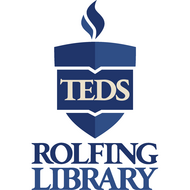Intermediate Biblical Greek Reader: Galatians and Related Texts
(View Complete Item Description)After completing basic biblical Greek, students are often eager to continue to learn and strengthen their skills of translation and interpretation. This intermediate graded reader is designed to meet those needs. The reader is “intermediate” in the sense that it presumes the user will have already learned the basics of Greek grammar and syntax and has memorized Greek vocabulary words that appear frequently in the New Testament. The reader is “graded” in the sense that it moves from simpler translation work (Galatians) towards more advanced readings from the book of James, the Septuagint, and from one of the Church Fathers. In each reading lesson, the Greek text is given, followed by supplemental notes that offer help with vocabulary, challenging word forms, and syntax. Discussion questions are also included to foster group conversation and engagement. There are many good Greek readers in existence, but this reader differs from most others in a few important ways. Most readers offer text selections from different parts of the Bible, but in this reader the user works through one entire book (Galatians). All subsequent lessons, then, build off of this interaction with Galatians through short readings that are in some way related to Galatians. The Septuagint passages in the reader offer some broader context for texts that Paul quotes explicitly from the Septuagint. The Patristic reading from John Chrysystom comes from one of his homilies on Galatians. This approach to a Greek reader allows for both variety and coherence in the learning process.
Material Type: Textbook




















